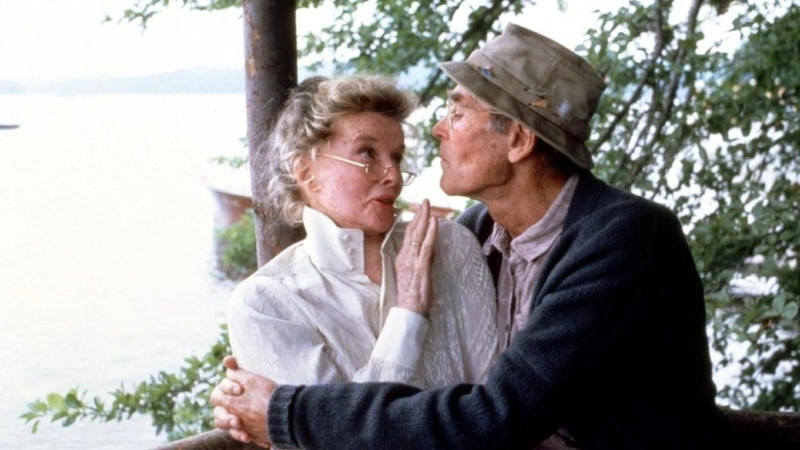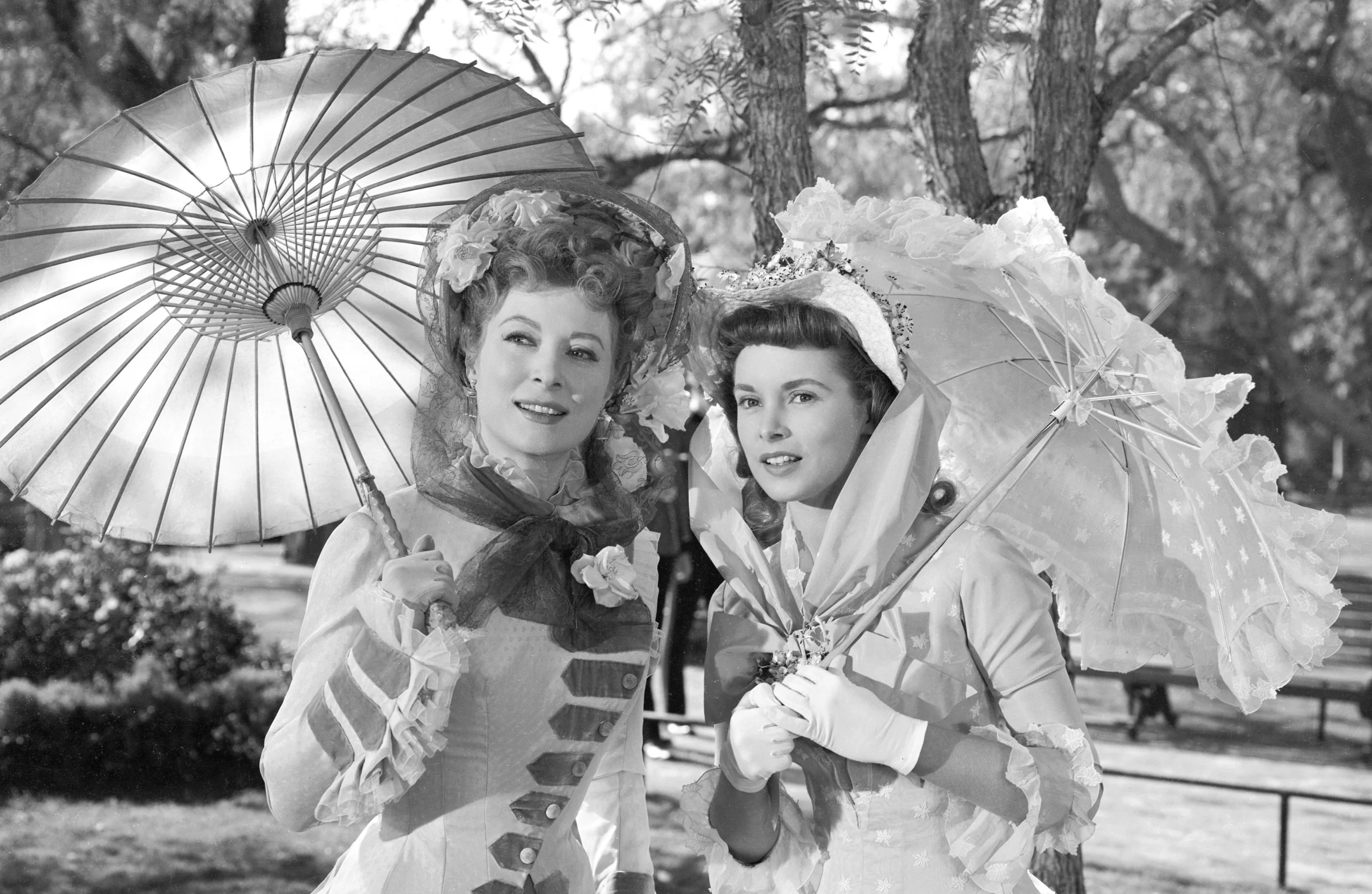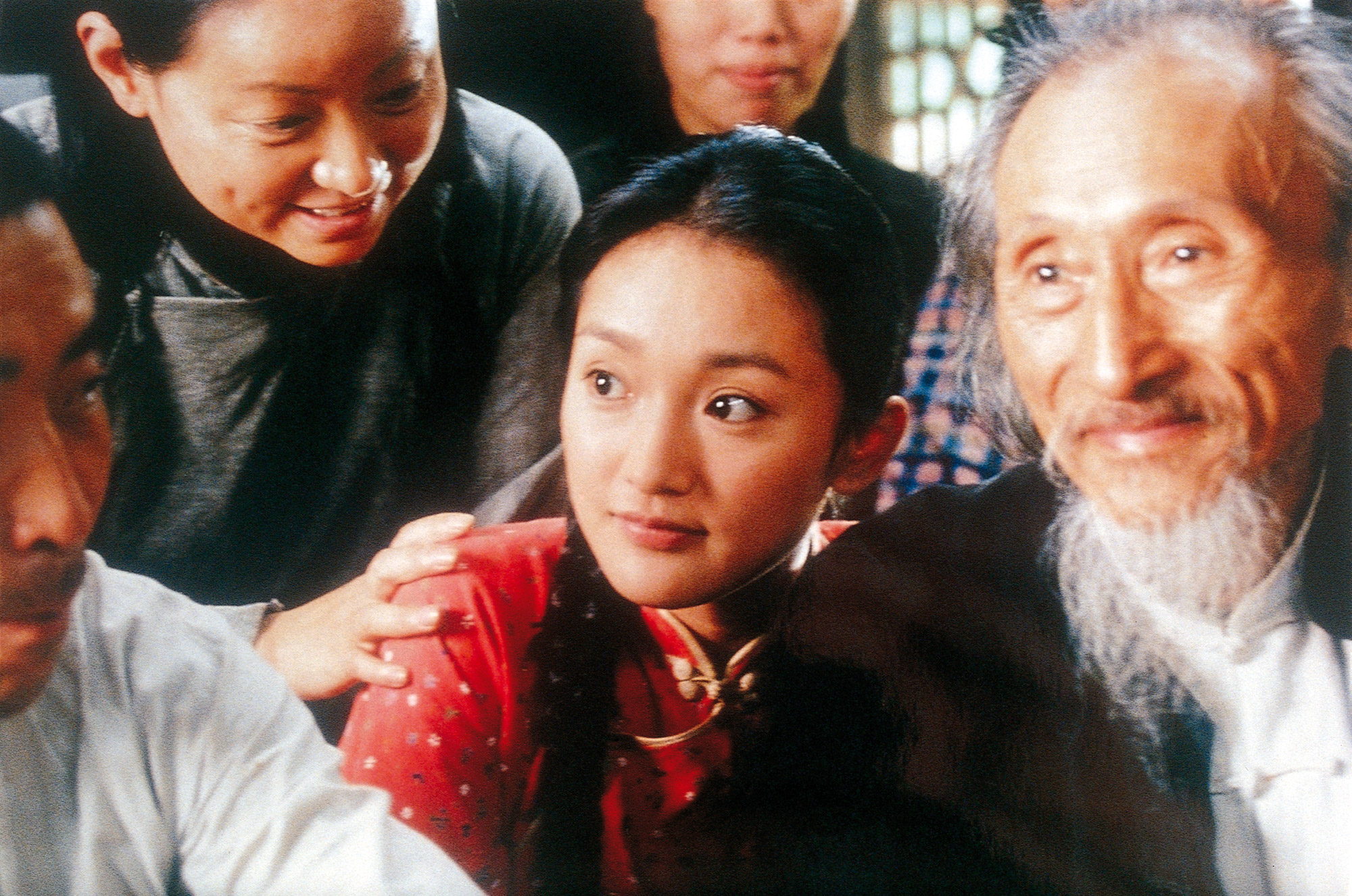rashemamelson.org – On Golden Pond, a poignant drama released in 1981, stands as a testament to the enduring power of human connection. Directed by Mark Rydell and adapted from Ernest Thompson’s play of the same name, the film explores themes of aging, family, and the complexities of love.
A Stellar Cast and Their Iconic Performances
The film boasts an all-star cast, with Henry Fonda and Katharine Hepburn delivering career-defining performances as the elderly couple, Norman and Ethel Thayer. Their portrayal of a long-married couple navigating the challenges of aging is both heartwarming and heartbreaking.
Jane Fonda, in a supporting role as their estranged daughter, Chelsea, brings depth and nuance to her character. Her performance highlights the emotional turmoil of a daughter struggling to reconcile with her aging parents.
A Story of Intergenerational Bonds
The film’s narrative revolves around the Thayers’ summer retreat at their beloved Golden Pond cottage. Their tranquil existence is disrupted by the arrival of their daughter, Chelsea, and her fiancé, Bill, along with Bill’s teenage son, Billy.
As the younger generation arrives, the film delves into the complexities of intergenerational relationships. Norman, a gruff and somewhat curmudgeonly man, initially clashes with Billy. However, as the summer progresses, an unexpected bond forms between the two, fostering a deeper understanding and acceptance.
A Reflection on Aging and Mortality
On Golden Pond is not merely a family drama; it is a profound exploration of aging and mortality. The film sensitively portrays the physical and emotional challenges faced by the elderly, including declining health, memory loss, and the fear of the unknown.
Through the characters of Norman and Ethel, the film invites us to contemplate our own mortality and the importance of cherishing the time we have with loved ones.
A Critical and Commercial Success
Upon its release, On Golden Pond was met with critical acclaim and commercial success. The film was nominated for ten Academy Awards, winning three, including Best Actor for Henry Fonda and Best Actress for Katharine Hepburn.
The film’s enduring legacy can be attributed to its universal themes, powerful performances, and poignant exploration of the human condition.
Jane Fonda’s Impact on Film
Jane Fonda, a renowned actress and activist, has had a significant impact on the film industry. Her career spans decades, and she has starred in numerous iconic films, including Klute, Coming Home, and Julia.
Fonda’s roles often challenge societal norms and address important social issues. Her commitment to social justice has made her a prominent figure in both Hollywood and the broader cultural landscape.
Conclusion
On Golden Pond remains a timeless cinematic masterpiece that continues to resonate with audiences today. Its exploration of love, loss, and the complexities of family relationships is as relevant as ever. The film’s powerful performances, combined with its thoughtful exploration of aging and mortality, make it a must-watch for anyone seeking a truly moving cinematic experience.




